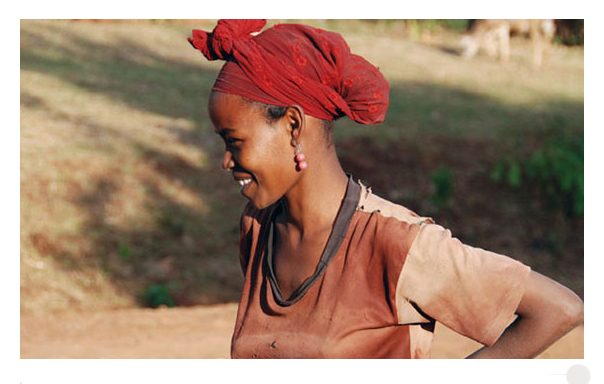
How Design for the Other 90 Percent Applies to Colorado
We live in a world filled with cool products and great design. I love my iPhone, desire an iPad and remain happy each day when I walk into my office and sit down in front of my sleek iMac with wireless keyboard and mouse. Everything works. I don’t have to worry about daily software updates to protect my security or have my PC crash on me as frequently as it used to do so. Design makes my life easier. Design is a part of everything from the house I live in, to the furniture and dishes that I use each day, to my clothing and jewelry, and the car I drive. We have so much in America and take for granted that there are places in the world that don’t have what we do. That design can have specific requirements based upon environment, weather, location. I live in the mountains where it snows and the slope of a roof and the placement of doors and windows become critically important. Far different from someone who lives along a coastline or in the desert where snow is not an issue.
But what about those who don’t live in a first world country like the U.S. or Canada or Europe. What about those who don’t have clean drinking water? No access to electricity? Living in a small, rural town, life is very different than it is for those who live in urban centers. There is no GAP for a hundred miles. The nearest Wal-Mart is 60 miles away and to get a Starbucks requires an hour drive. The internet is slow if existent at all, and within 20 minutes of leaving my home I have no cell phone service. Yet I remain far more connected than most with my smart phone and social networking. I’ve also lived in urban areas and travel to cities. My passport is active and stamped, though not as often as I would like it to be. So it took me a while to realize that many in my community had grown up here and never left here for generation upon generation. That they have no desire to experience anything beyond our small town. Denver is a big, scary city for them. I’m disconnected from my own neighbors.
What’s more, I was struck by the dramatic survey results showing that 92% of 15-30 year old men in Kandahar, Afghanistan are unaware of the plane attacks on the World Trade Center known as 9/11.
Of course they are unaware. How could they be aware? Locals in my small town are mostly unaware of what happens everyday outside the area even though we have computers and cable television. In Afghanistan, 42% of the population is under the age of 14 and 72% of the adults are illiterate. News is spread by word of mouth and if it’s at all like the word of mouth in my rural American town, it’s not news, but gossip, innuendo and rumor.
Which is why the exhibit, Design for the Other 90, currently on display at Redline in Denver is important. The exhibit, originally launched at the Cooper-Hewitt National Design Museum in New York attempts to demonstrate how design can be a dynamic force in saving and transforming lives, particularly for the 90% of the world’s population that have little or no access to the products we take for granted. Heck, nearly half of the people on this planet do not have the very basics: food, water, shelter. Half!

I visited this exhibit with my 15 year-old son. He was fascinated by the portable pop up shelters, the motoman internet village motorcycle used in Cambodia, a drip irrigation system used in India, and the bamboo treadle water pump. It was educational and perhaps a bit enlightening for him to realize that not everybody has a house, a computer and an iphone. For me the realization that designers are using solar, LED and other sustainable technologies to not only minimize environmental impacts, but improve lives shows that it can be done. With a little ingenuity and working together with villages and communities and not exploiting them, we can come together to solve problems that help improve the lives of the majority of human beings living on this planet.
The exhibit ends September 25, 2011. They will feature their final lecture on Sept. 21, from 7-10 pm by Oz Architecture who provides master planning design services for the people of Rwanda.
September 21th
Time: 7:00pm -10:00pm
Location: RedLine is located at 2350 Arapahoe St. Denver, CO
